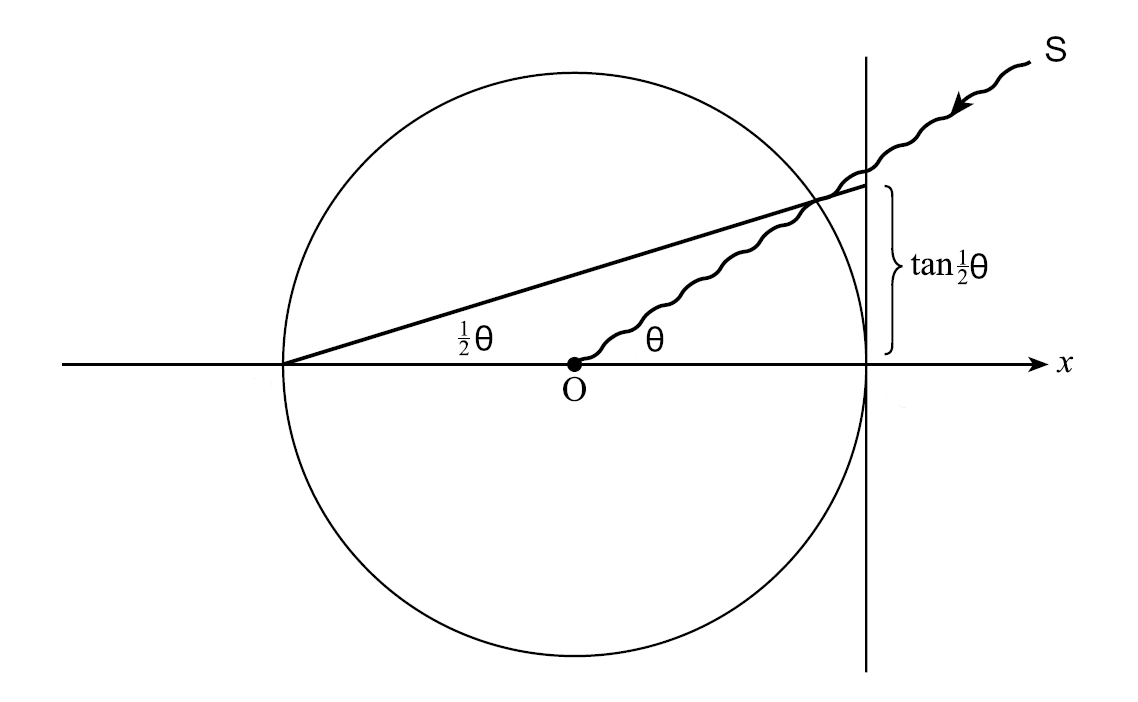In the literature one finds many thought experiments that try to explain time dilatation and Lorentz contraction by visualizing these effects for certain situations. However, there is a fundamental difference between physical measurement with respect to a grid of spacetime coordinates, on the one hand, and visual appearance on the other.
To understand what an inertial observer actually sees at a particular event on his worldline, one must consider the photon worldlines that pass through . These worldlines are the generators of the past light cone of . For an event to be on the past light cone of , the displacement four-vector from to must be null and future-pointing.
Light emitted from a source at arrives at the observer from the direction of the unit vector , where is the three-distance from the source to . The unit sphere around the observer traced out by the the set of directions is called the ‘sky’. All that the observer sees at any instant of time can be mapped onto this sphere; see Fig. 6.1.

Let us assume that the emitted light consists of photons having frequency four-vector , with and . For an observer stationary with respect to the source, the observed light-frequency is equal to the emitted frequency . However, for a moving observer the frequency of light, i.e., the color, is different (Doppler shift) as is the observed direction (light aberration).
- The visual appearance of an object is affected by the varying lengths of time that light takes to travel from different points on the object to one's eye.
- Relativity theory, in particular the element of time dilation, is required to correctly account for the observed effects of Doppler shift and aberration.